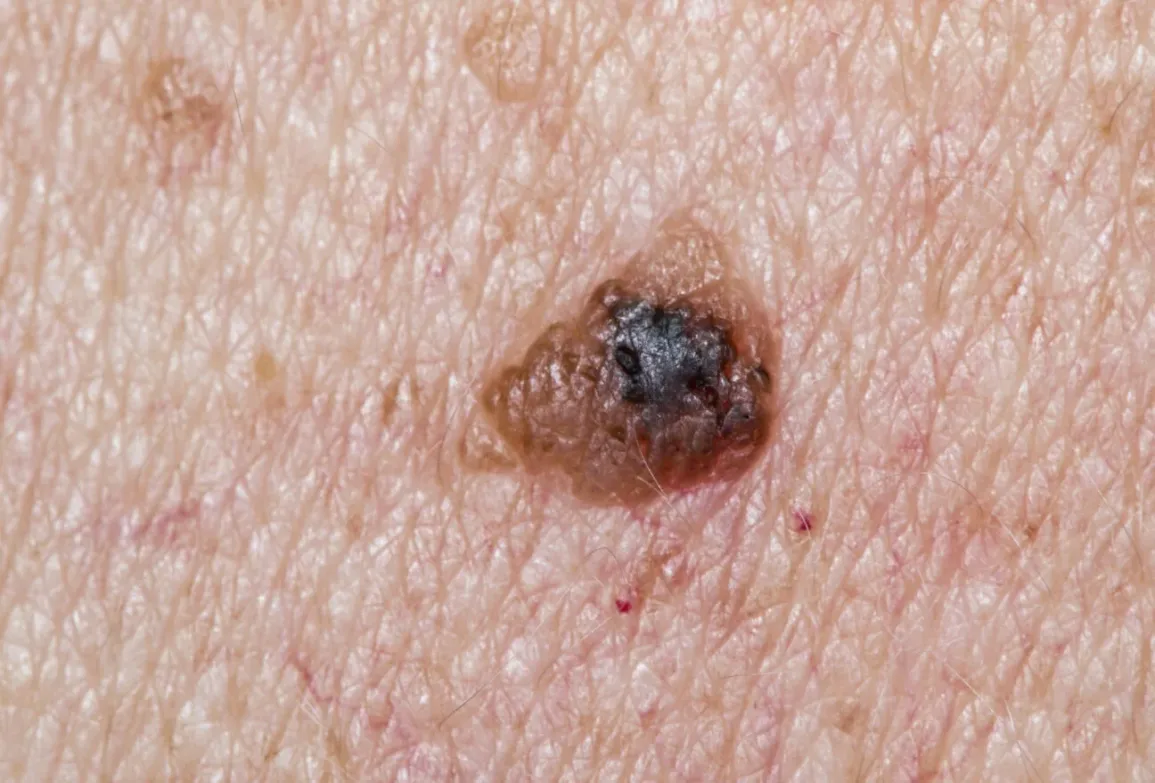Dental bonding is a fast and painless outpatient procedure. Your dentist will use a shade guide to select a composite resin hue that best matches the natural tooth color, before roughening up its surface and applying conditioning liquid before adding and shaping the resin.
Dental bonding may not be as strong or durable as tooth enamel or porcelain and can chip or break, but is cheaper than more extensive repairs like veneers or crowns.
How It Works
Bonding is an effortless cosmetic treatment option, unlike other procedures such as veneers that often require anesthesia. Bonding typically only requires one dental visit for completion.
Your dentist uses a shade guide to select a composite resin that complements the hue of surrounding teeth, before roughening up the tooth to improve adhesion. A special liquid is then placed onto it before being hardened by special lights.
Bonded tooth structures are then molded and shaped to appear natural, usually within just one visit. You may experience mild tooth sensitivity or different mouth feel for several days following treatment; these symptoms will eventually subside with proper brushing, flossing and avoidance of habits which accelerate staining; your bond could last up to 10 years with proper care.
Materials
Tooth bonding uses tooth-colored composite resin to cover unattractive minor defects on patients’ teeth, such as chips and discolorations. It is one of the least invasive cosmetic and restorative treatments; unlike veneers or crowns, dentists don’t need to shave away an individual’s natural enamel in order to fit it.
Bonding restorations do not boast the same strength or stain-resistance of porcelain restorations, making bonding less stain-resistant for those who smoke or regularly consume coffee or red wine, leading to more maintenance and repairs needed than usual. But with proper oral hygiene practices, diet, and the prevention of bad habits like nail biting or pen biting, bonding may last up to 10 years before needing touch ups or replacement.
Techniques
Dental bonding is one of the easiest, least invasive cosmetic treatments available to improve your smile. This procedure involves applying tooth-colored resin directly to a damaged, decayed, chipped or broken tooth and having it hardened by special light – typically taking 30-60 minutes with no anesthetic required unless used to fill cavities.
First, your dentist will select a composite resin that closely resembles your natural tooth color. Next, they will roughen and apply blue conditioning liquid to roughen up tooth surfaces for bonding – this helps the adhesive adhere to each individual tooth more securely. Afterward, they’ll apply resin directly to each tooth surface before shaping it into an authentic-looking finish.
Insurance
Dental bonding is typically classified as a cosmetic procedure and therefore, usually not covered by insurance providers. In certain circumstances, however, if its function or restorative benefits outweigh its aesthetic aspects it could qualify for coverage through your provider – so ask your dentist for further insight or help securing coverage through pre-authorizations or any other means available to them.
If your bonding procedure isn’t covered by insurance, alternative financial options can help offset its cost. Explore health savings accounts and flexible spending accounts (FSAs), which allow you to set aside pre-tax money for medical expenses. Also consider joining a dental savings plan which makes bonding treatments more affordable – often less costly than alternatives like veneers or crowns.
Payment
Bonding is generally less costly than veneers or crowns, making it an attractive solution for cosmetic tooth repair needs. Costs will depend on the size and complexity of your treatment area as well as any required roughening to the surface of your teeth for resin to adhere properly.
If you have dental insurance, first check whether this procedure is covered. If it’s used for structural rather than cosmetic purposes, partial or full coverage could apply. Dental savings plans with annual coverage for various dental treatments may also help keep costs down; for those without such plans or insurance coverage, Ross Dental provides flexible financing solutions through CareCredit.







 Fun and Creative Ways to Stay Active Indoors
Fun and Creative Ways to Stay Active Indoors  Linking Oral Health to Overall Wellbeing
Linking Oral Health to Overall Wellbeing  Can You Exercise While Pregnant?
Can You Exercise While Pregnant?  Is Skin Cancer Curable?
Is Skin Cancer Curable?  How Much Is Dental Bonding?
How Much Is Dental Bonding?  The Rise of Telemedicine and Its Impact on Healthcare
The Rise of Telemedicine and Its Impact on Healthcare  Managing Diabetes With Diet and Exercise Expert Insights and Tips
Managing Diabetes With Diet and Exercise Expert Insights and Tips  Following a Diet Before Bypass Surgery
Following a Diet Before Bypass Surgery